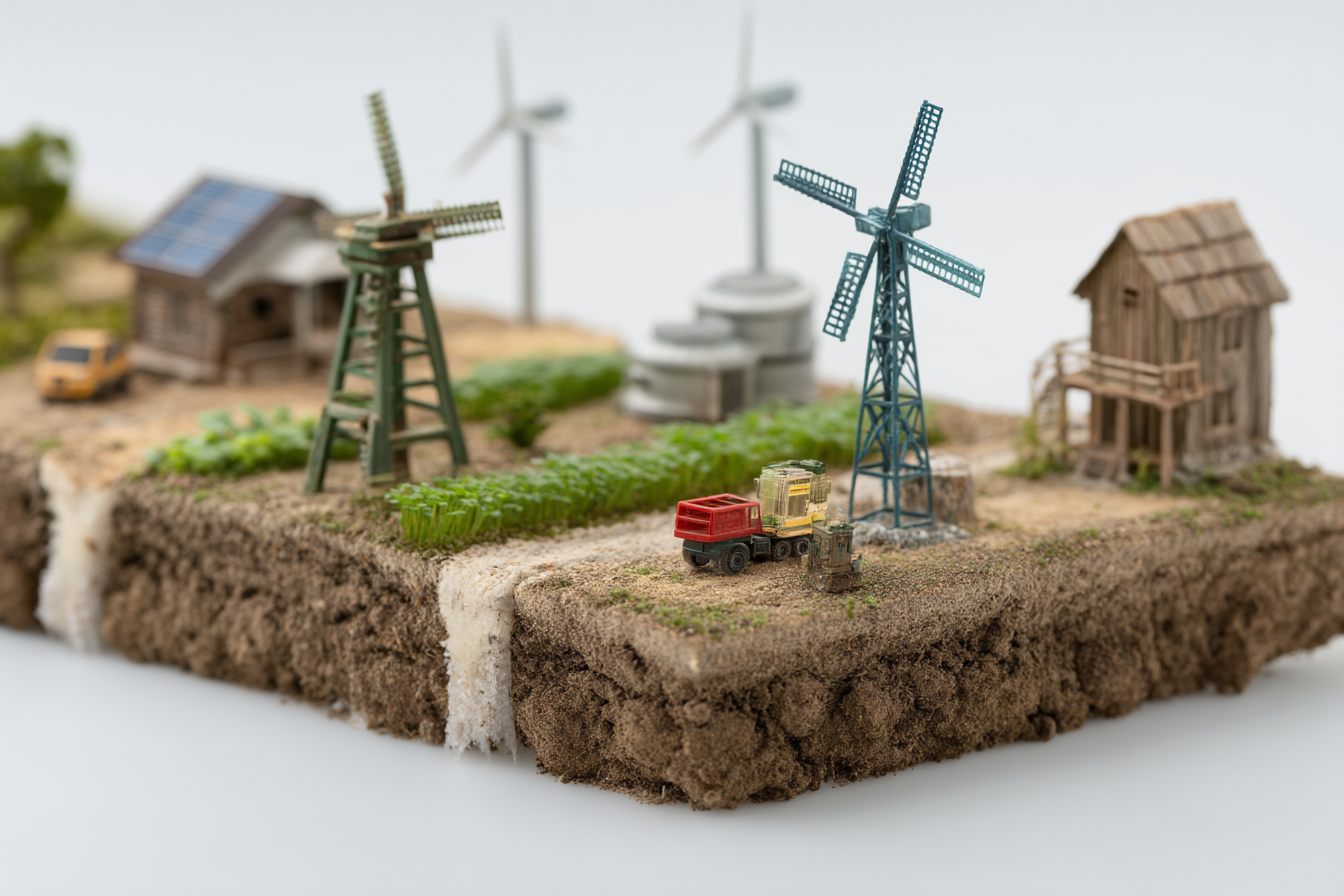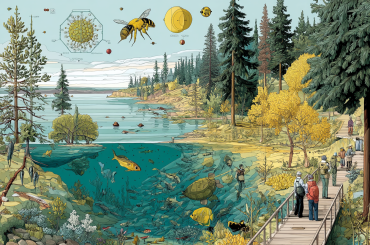I have a confession to make: I used to be absolutely rubbish at practicing what I preached when it came to clothing. There I’d be, writing impassioned articles about carbon footprints and chemical runoff, while simultaneously ordering fast fashion pieces made from who-knows-what because they were cute and cheap. My wardrobe was the environmental skeleton in my closet—quite literally.
The wake-up call came during a particularly hectic house move about seven years ago. As I packed up my belongings, I realized I’d accumulated over two hundred items of clothing, most worn only once or twice. The sheer volume was embarrassing enough, but the labels told an even worse story—polyester, conventional cotton, acrylic, nylon, and mysterious blends with unpronounceable chemical treatments. My professional identity was built around environmental stewardship, yet my closet looked like a petroleum industry showcase.
That night, surrounded by mountains of barely-worn clothes, I had what my more spiritually-inclined friends would call a “moment of reckoning.” I started researching what my wardrobe was actually made of, and my god, it was eye-opening in the worst possible way.
Let’s talk about conventional cotton first, because it accounts for about 24% of global clothing and has a particularly deceptive reputation. We associate cotton with naturalness and purity—it’s literally used in phrases like “cotton fresh” to denote cleanliness. The reality? Conventional cotton is one of the most chemically-dependent crops on the planet, using about 16% of the world’s insecticides and 7% of pesticides despite growing on just 2.5% of agricultural land. It’s also incredibly thirsty, with a single cotton t-shirt requiring up to 2,700 liters of water to produce. That’s more than you’d drink in three years.
I remember visiting a conventional cotton farm in India while researching for an article. The farmer proudly showed me his fields while wearing a face mask and heavy protective clothing. When I asked if I should wear protection too while standing next to the plants, he looked alarmed and insisted I step back several meters. Yet the cotton from those very fields becomes the fabric that sits directly against our skin all day. It was a jarring disconnect.
Then there’s polyester, which represents about 65% of global fiber production and appears in everything from fancy dresses to athletic wear. I used to adore those soft, stretchy workout leggings until I learned they’re essentially solid petroleum products that shed thousands of microplastic particles with every wash. These microscopic fragments are now found everywhere—in our oceans, drinking water, and even human placentas. A single load of laundry containing polyester garments can release over 700,000 microplastic fibers. I was literally polluting the water system every time I washed my gym clothes.
The manufacturing process for synthetic fabrics is equally grim. Production of polyester, nylon, and acrylic relies on fossil fuel extraction and energy-intensive processing that releases greenhouse gases and various air pollutants. A polyester shirt has more than double the carbon footprint of a cotton one—about 5.5 kg of CO2 compared to 2.1 kg. And unlike natural fibers that will eventually decompose (however slowly), synthetic fabrics can persist in landfills for hundreds of years. Those cheap fast fashion pieces I’d been discarding might well outlive my great-grandchildren.
I’m not trying to be all doom and gloom here, honestly. But understanding the actual impact of different fabrics was what finally pushed me to change my habits. Knowledge really is power, even when it makes you cringe at your past choices.
So what are the better options? After years of research, experimentation, and yes, some fashion disasters (there was an unfortunate period where I looked like an extra from a post-apocalyptic hemp enthusiast convention), I’ve found several fabrics that allow for both style and substantially reduced environmental impact.
Organic cotton eliminates the synthetic pesticides and fertilizers of conventional production, reducing water pollution and soil degradation. It’s still water-intensive, but several certification systems like GOTS (Global Organic Textile Standard) ensure the fiber meets legitimate environmental standards. I’ve slowly replaced my basics with organic cotton versions, starting with the items closest to my skin like underwear and t-shirts. The price difference is real—usually about 30% higher—but the quality and longevity are noticeably better too.
Hemp is possibly my favorite sustainable fabric, though it took me ages to find versions that didn’t feel like I was wearing cardboard. Modern hemp processing has come light-years from the scratchy hippie clothes of the 70s. This remarkable plant grows quickly with minimal water and no pesticides, actually improves soil health, and produces incredibly durable fiber. I’ve had the same hemp-cotton blend button-down for eight years now, wearing it regularly, and it shows barely any signs of wear. The initial investment was steep (I nearly choked when I saw the price tag), but calculated per wear, it’s now one of the cheapest items I own.
Linen, made from flax plants, requires far less water than cotton and typically involves fewer chemicals in processing. It’s biodegradable, extremely long-lasting, and gets softer with each wash. The wrinkles used to bother me until a particularly stylish Italian woman at a climate conference told me, with magnificent disdain, “The wrinkles are the point, darling. It’s authentic.” I’ve embraced the rumpled linen aesthetic ever since, telling myself I look artistically disheveled rather than simply creased.
Some of the most exciting developments are happening with fabrics made from renewable or waste materials. Tencel (lyocell), created from sustainably harvested wood pulp in a closed-loop system that recycles water and solvents, feels silky against the skin with minimal environmental impact. Piñatex, made from pineapple leaf fibers that are agricultural waste, creates a leather-like material without the ethical and environmental issues of animal products. There’s even fabric being created from food waste like orange peels and coffee grounds, though I’ve found these are still more novelty than mainstream options.
Recycled fabrics deserve special mention, particularly recycled polyester made from plastic bottles. While not perfect (they still shed microplastics and eventually end up as waste), they divert existing plastic from landfills and require significantly less energy to produce than virgin synthetic materials. My current winter coat is made from recycled polyester, and I use a microplastic-catching laundry bag when washing it to mitigate the shedding issue.
The most sustainable option, of course, is to use what already exists. Secondhand and vintage clothing extends the life of garments and prevents additional resource extraction. About 60% of my current wardrobe is secondhand, sourced from charity shops, online resale platforms, and clothing swaps with friends. It took me a while to get comfortable with this—I had weird hangups about wearing strangers’ clothes until my friend Ruth pointed out that I happily used hotel sheets and restaurant glasses without questioning who had used them previously.
Some of my favorite pieces came from my grandmother’s closet—1970s wool sweaters and silk scarves that have already lasted half a century and show no signs of giving up. Fast fashion didn’t always dominate our closets. Previous generations expected clothing to last for decades, and the quality reflected that expectation.
For those items I do buy new, I’ve learned to scrutinize labels and research brands thoroughly. Greenwashing is rampant in the fashion industry, with terms like “eco-friendly,” “natural,” and “green” being virtually meaningless without certification or specific information. I look for concrete details—what exactly is the fabric composition? Where and how was it grown or produced? What environmental certifications does it have? What are the company’s specific practices rather than their vague commitments?
I’ve also embraced the concept of a capsule wardrobe—a limited collection of versatile, high-quality pieces that can be mixed and matched. Mine includes about 40 items total (excluding undergarments and exercise clothes), and while it might sound restrictive, it’s actually liberating. Everything coordinates, everything fits properly, and everything aligns with both my aesthetic preferences and environmental values. The mental overhead of deciding what to wear has plummeted, and I actually receive more compliments than I did with a closet stuffed with trendy pieces.
This approach requires an initial mental shift from quantity to quality. I now save up for individual items that might cost several times what I previously would have spent, but I’m essentially investing in pieces that will last years rather than weeks. My cost-per-wear has dramatically decreased, even accounting for the higher upfront prices.
I’m not perfect, of course. I still occasionally succumb to a trendy piece without thoroughly investigating its origins. I have a mysterious synthetic blend dress that I adore for special occasions despite its questionable environmental credentials. And I’m still working through older items that don’t meet my current standards but where the most sustainable option is to wear them until they’re truly worn out.
The key is progress rather than perfection. Each purchasing decision is an opportunity to vote with our wallets for the kind of textile industry we want to support. Even small shifts—choosing organic over conventional cotton, opting for recycled synthetics instead of virgin materials, or simply buying fewer, better things—can collectively drive significant change.
The fashion industry is currently responsible for about 10% of global carbon emissions and is the second-largest consumer of water worldwide. Our clothing choices have real environmental consequences. But they also represent one of the most tangible ways we can align our daily habits with our environmental values.
That overwhelming wardrobe clear-out seven years ago led to one of the most significant sustainability shifts in my personal life. I donated the excess to charity shops, textile recycling programs, and friends who could use them. My current closet is about a quarter of its former size but brings me far more satisfaction. Each item tells a story that I’m not embarrassed to share—the hemp shirt purchased directly from a small ethical manufacturer, the vintage wool coat that’s kept someone warm for five decades before finding its way to me, the linen dress made by a local seamstress.
Sometimes the most effective environmental changes are also the most personal. Our clothing literally touches us every day, making it an intimate but powerful place to start living our values. The fabrics we choose to wrap ourselves in speak volumes about the world we want to create. What is your wardrobe saying about you?








